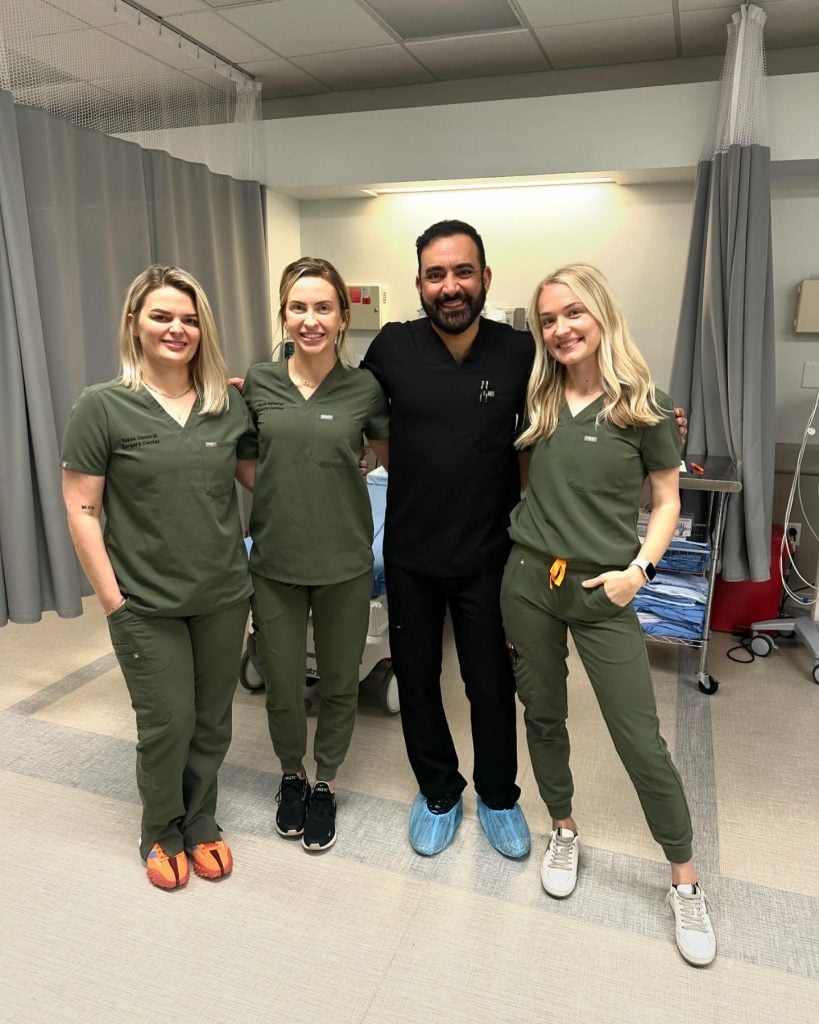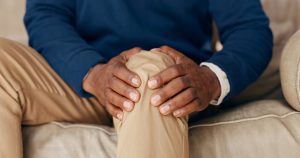PRP is an ideal treatment for patients looking for a noninvasive alternative to cosmetic surgery or injectables that can be used on all face areas: cheeks, lips, nose, forehead, eyes, and neck. In addition to treating signs of aging like wrinkles and sagging skin, PRP can also enhance overall facial aesthetics by improving acne scarring, discoloration, and hair loss around the front hairline.
What do you mean by a PRP treatment?
PRP (platelet-rich plasma) is a treatment that uses the patient’s blood to help regenerate new skin and tissue. The platelets in a person’s blood contain growth factors, which are proteins that help the body heal itself.
In PRP treatment, these growth factors are extracted from the patient’s blood and injected into their skin to stimulate the production of collagen, which makes up the connective tissue in the body. This helps reduce wrinkles and scars, improve skin elasticity and texture, and decrease fine lines and sun damage.
PRP can be an alternative to other treatments like microdermabrasion and chemical peels because it does not cause any downtime for your skin. The procedure takes about 30 minutes and involves making two small incisions on your face with a small needle so that some of your blood can be extracted into a syringe.
Afterward, the doctor places several drops of this concentrated platelet-rich plasma onto each area of concern on your face or body (depending on what you’re getting done). Then they’ll use gauze pads to apply pressure over those areas for about 10 minutes while they work their magic!
Where can you use PRP treatments?
Here’s what you need to know about PRP in these two contexts:
- Hair Restoration
PRP promotes healing and growth in the scalp, containing nutrients that can help promote hair growth. The procedure involves removing some of the patient’s blood and then spinning it, which separates the red blood cells from the platelets. These platelets are then injected into areas on the head where there isn’t much hair, causing new follicles to grow and regenerate.
- Vampire Facelift
The vampire facelift uses PRP therapy to promote collagen production and tighten skin, making it look more youthful. The procedure involves taking a small amount of blood from the patient’s arm and spinning it in the same manner as hair restoration. Then, this concentrated solution is injected into areas on the face where wrinkles have formed or are forming; this stimulates collagen production and helps tighten the skin around those wrinkles, making them less visible.
How Much Does PRP Treatment Cost?
Cost of PRP treatments $500 to $1000 per session, with an entire series of hair restoration averaging between $2500 and $ 3500.
PRP treatment can be used alone or in conjunction with other treatments for more effective results. The number of sessions you need depends on your hair loss pattern and severity. PRP can be combined with other treatments, such as lasers and minoxidil (Rogaine).
Who can receive PRP treatments?
PRP is ideal for anyone who wants to reduce the signs of aging, repair sun-damaged skin, and even grow hair faster. The technique involves taking the blood from your body, separating the platelets, and then injecting those platelets into the problem area.
If you have a problem with arthritis or tendonitis, for example, your doctor might recommend PRP injections to help alleviate pain and inflammation. PRP could speed up healing time if you have a sports injury or an injury caused by repetitive motion, like a tennis elbow or a runner’s knee.
PRP can also treat hair loss or thinning hair by injecting it into the scalp; this helps stimulate new hair growth through increased blood flow and cell production.
Is There Any Recovery Time After PRP Treatment?
The good news is that PRP ( platelet-rich plasma ) treatment is painless and fast.
The treatment poses no recovery time, so you can immediately return to normal activities. The procedure itself takes about 30 minutes, and you should be able to resume your daily activities right away. You may experience mild swelling, but this will subside within a few days.
In pain management, you can take over-the-counter pain medications like ibuprofen or acetaminophen if necessary. Suppose you experience any severe discomfort or swelling after your treatment. In that case, it’s best to immediately contact your doctor or practitioner so they can evaluate how well your body responds to the procedure.
What are the steps a person should take after receiving PRP injections?
After a platelet-rich plasma (PRP) treatment, you should take a few precautions to avoid complications.
- Avoid anti-inflammatory medications
These medications, such as ibuprofen, will inhibit the healing process and can damage your hair follicles.
- Avoid rubbing or pressing the scalp.
Gentle massaging is fine, but avoid any activity that will increase blood flow in your scalp, such as vigorous brushing or combing.
- Limit sun exposure
You can enjoy the sun once your scalp has healed completely—but wait until at least 30 days after your treatment before exposing your head to sunlight again!
- Do not stop any physical activities.
Your body needs to be in motion to help your muscles heal, so don’t stop exercising! You can still take it easy, though—you don’t want to strain yourself or do anything that will worsen the pain.
- Refrain from using any harsh chemicals.
Avoid using bleach or acetone on your skin for a few days so that we know it’s safe for you to use them. This means no hot tubs or swimming pools, either—and if you get any cuts or scrapes, try not to pick at them!
- Shampoo Your Hair After 12 hours.
Like eating after taking a pill, hair follicles are susceptible and can react badly if they get shampooed too soon after receiving a PRP treatment. So, wait at least 12 hours before rewashing your hair!
- Warm Water
Apply a cold or warm compress to the affected joint a few times daily for 10 to 15 minutes. This will help alleviate pain and reduce swelling, which is common after PRP treatment.
- Rest the affected joint until it’s completely healed.
It’s important not to overwork or stress your body while recovering from this procedure. A physical therapist can help guide you through the proper recovery process and give you exercises that will speed up the healing process without causing further damage to your joints.
- Consult A Physical Therapist
Work with a certified physical therapist, who can advise what activities are safe for your particular injury or condition and which ones should be avoided until it’s fully healed.
Final Word
The PRP treatment is an excellent way to boost the body’s ability to heal itself. It can treat various conditions, including arthritis and other joint problems, hair loss, and wrinkles.
If you’re interested in trying this treatment, talk to your doctor about the types of conditions they’ve seen it be most effective for. Then, please schedule an appointment with your doctor to discuss what a PRP treatment entails and whether it’s right for you








